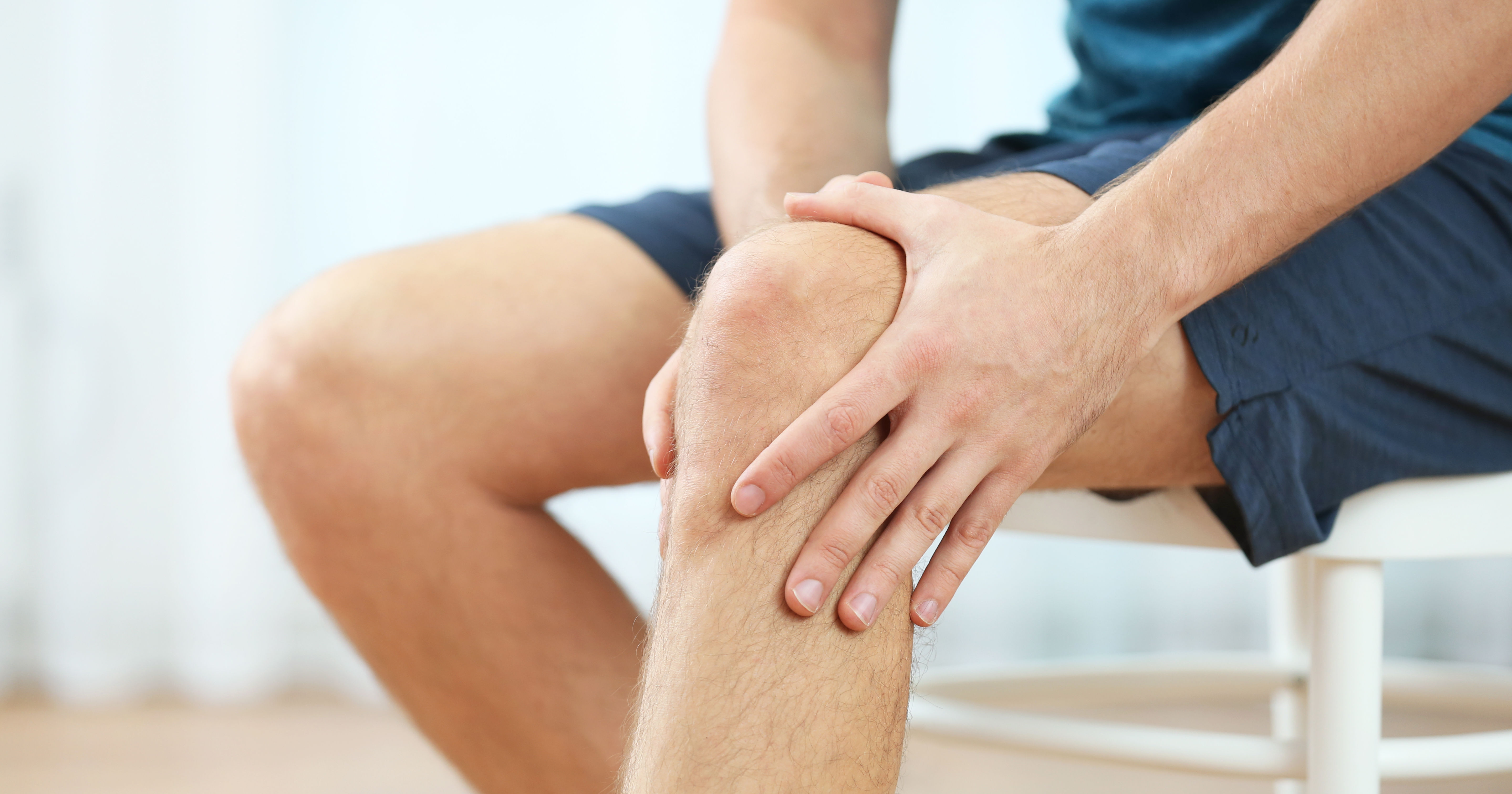
When bones are brittle, or osteoporosis has set in, an individual could be at risk for compression fractures in the back. These fractures occur on the bones of the spine when vertebrae break. Certain age groups are more prone to receive compression fractures than others. Who is at risk? What are the symptoms and treatment, and what type of prevention can help you avoid a fracture?
Who's At Risk?
As we get older, our bones begin to soften and the possibility of osteoporosis sets in. Postmenopausal women in their early 50s are a prime candidates for this debilitating disease.
Osteoporosis basically makes the bones become thinner. This bone thinning disease is one of the most common causes of compression fractures. Other causes of compression fractures include, tumors that start in the bones of the spinal column, and trauma induced to areas of the back.
What Are the Symptoms?
Because back pain is associated with many other types of diseases and afflictions, spinal fractures can sometimes be difficult to diagnose. Fractures can happen suddenly creating a sharp pain in the mid to lower areas of the spine. It can also start out gradually, worsening when a person stands or walks. Other symptoms include loss of height, pain relief when lying in the prone position, and" hunchback" or stooped over posture. Rarely are symptoms of numbness, weakness, tingling or difficulty walking produced.
X-rays & Exams
An x-ray of the back is the best way in determining where a compression fracture has occurred. A doctor will do a thorough exam before sending a patient for x-rays. Exams include questions to the patient asking, what may have caused the back pain? How long has the back pain in going on? What were they doing when the pain first started?
Treatment & Relief
Treatment of compression fractures in the back often includes bed rest. Medications can also help relieve the pain.
NSAIDs are often recommended for their anti-inflammatory relief. Narcotic pain medications are also used early on when the pain may be at it' s worst. Physical therapy is also recommended for strengthening areas around the spine.
Prevention
If osteoporosis was the underlying cause for the spinal compression fracture, it's imperative that it be addressed first. A person can also add supplements to their diet which will help the bones. Vitamin D and calcium are two good ones. Prescription medications are also available that slow down or halt the loss of bone growth. Your doctor will help choose the one that's right for you.




